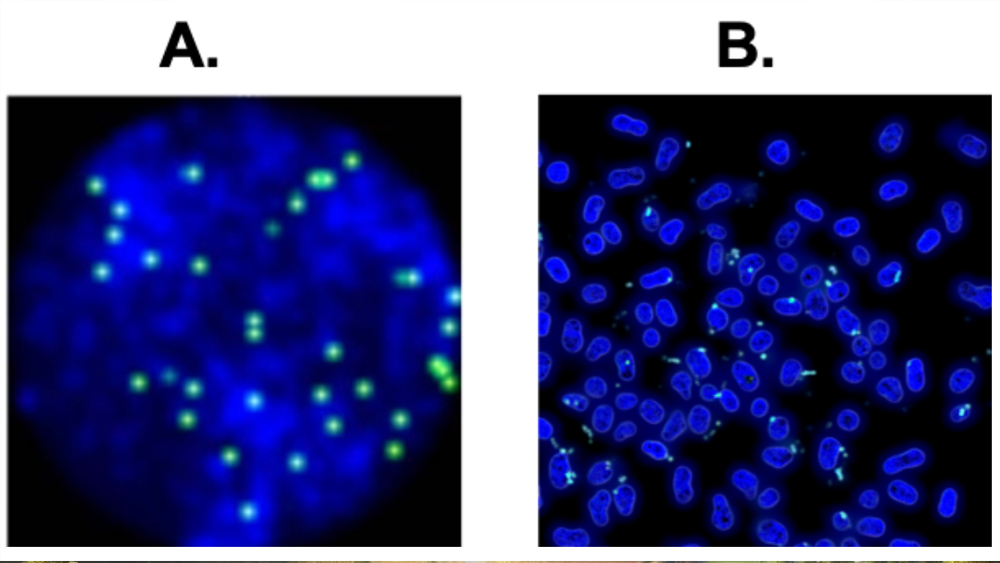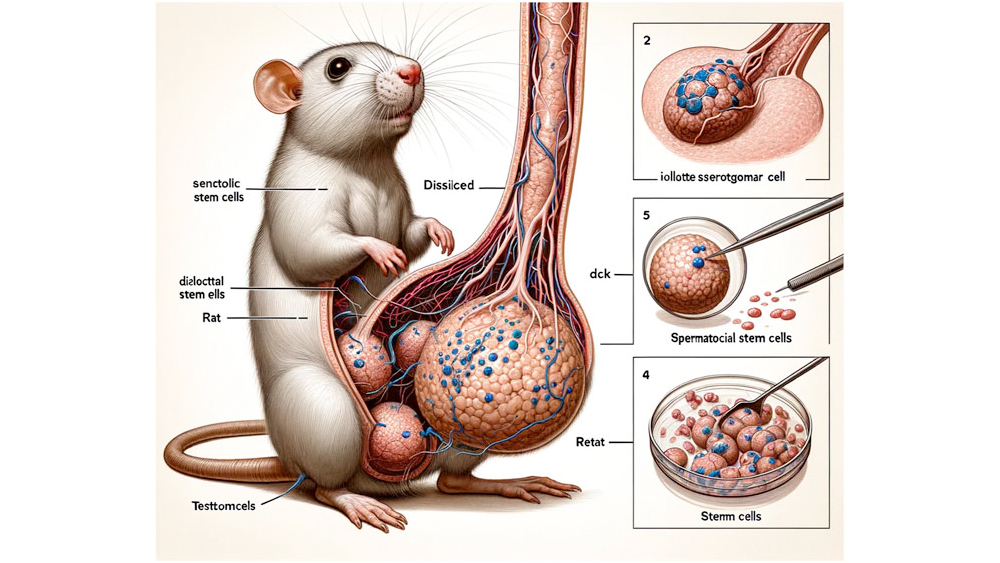
We've reported a lot about the risks of using AI image generators for branding, which can cause a fierce public backlash. But AI imagery is causing even bigger problems in science. We might still be able to tell when an image is AI if it shows a human or another familiar subject, but it can be more difficult when it comes to images of microscopic phenomena.
Sure, there have been some glaringly obvious uses to AI-generated images in scientific papers (there was that ridiculous image of rat with a huge penis, complete with nonsense AI-generated text). But most cases aren't so obvious. Now a new tool aims to help – by using AI.

Proofig's AI Image Fabrication detector has been trained on a vast dataset of known generative-AI images. It uses a combination of machine learning, pattern recognition, and statistical analysis to detect anomalies that suggest AI generation, using algorithms to identify patterns unique to AI-generated images to flag them up for review. It even has a feature to detect AI-generated microscopy images, and its co-founder, Dror Kolodkin-Gal says it picks out 98% of AI-generated images and has a false-positive rate of just 0.02%.
The tool still has its limitations, but it seems like a positive advance ins screening for AI images. And Proofig plans to regularly update with new datasets to recognise images from new AI models, allowing it to remain effective as the technology evolves.
Science journal is already using the tool, although it says it has not yet detected an AI images. Meanwhile, Springer Nature, which publishes the journal Nature, is developing its own detection tools for both text and images, called Geppetto and SnapShot.
Think you can identify an AI-generated image? Proofig has an online test.
Meanwhile, in other generative AI news, people are roasting Netflix's plan to make games with AI after it laid off its human developers, and Transport for Ireland's AI Halloween art has spooked commuters.







